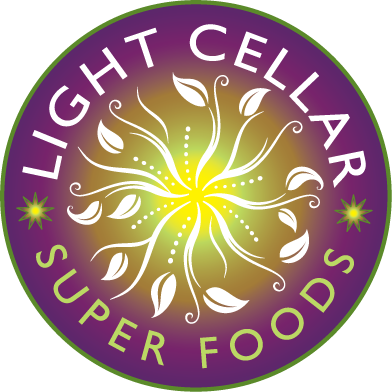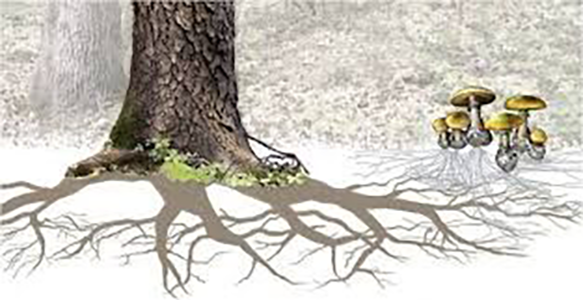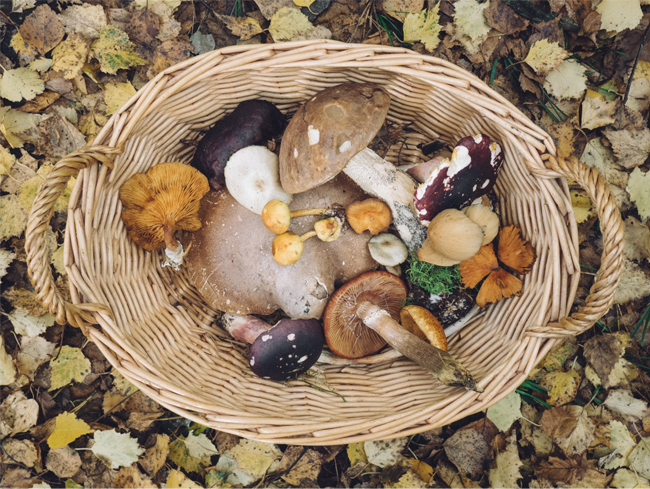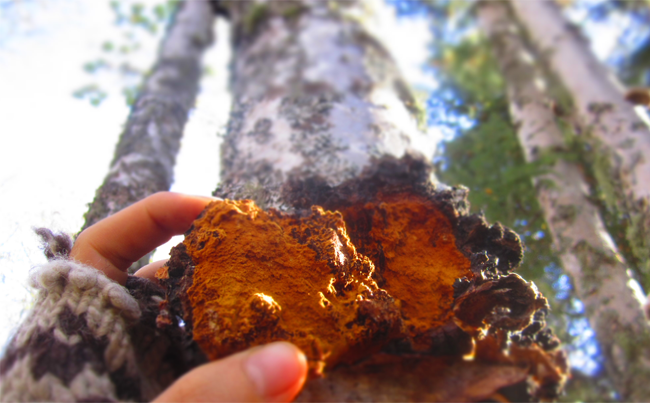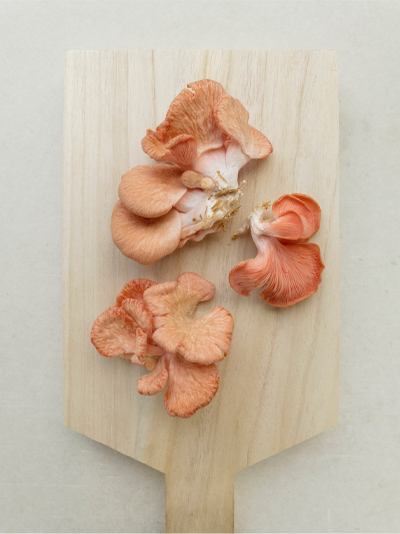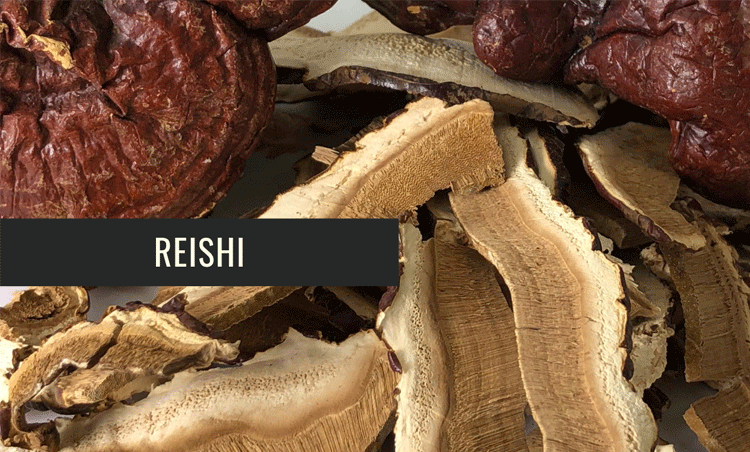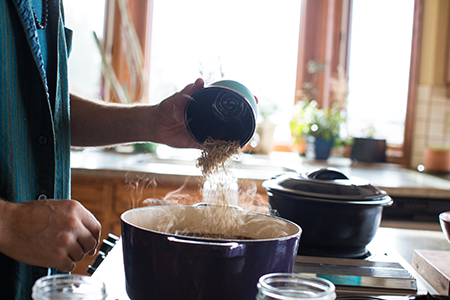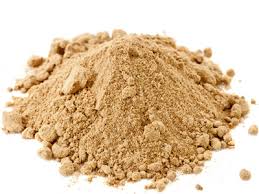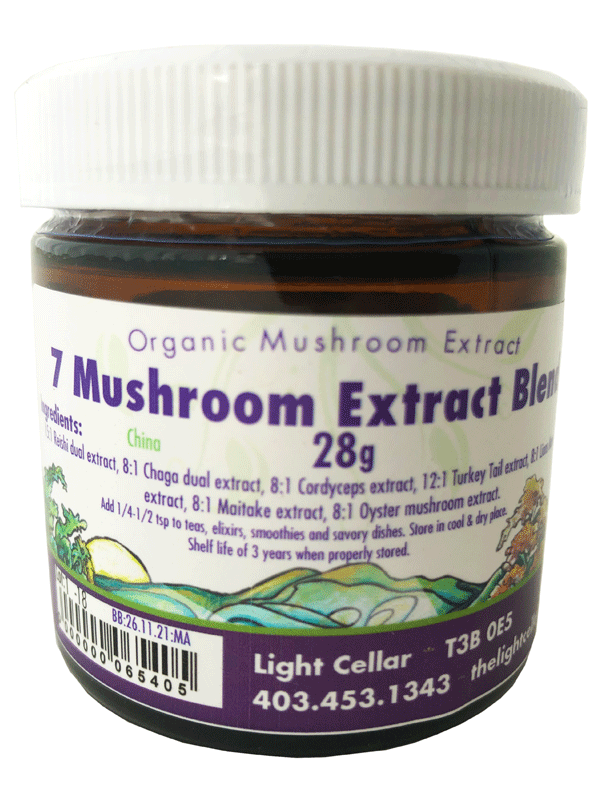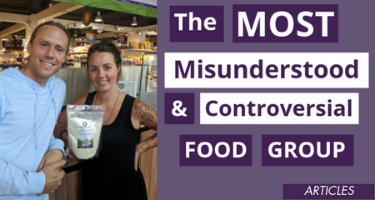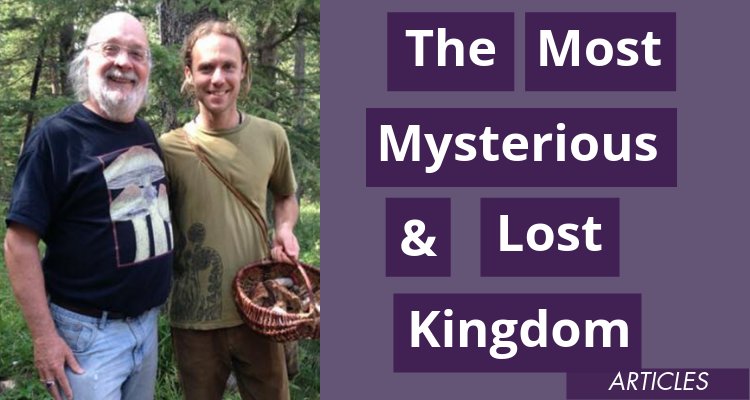
The fungi kingdom is probably the most mysterious and unknown food group, even though, literally almost every single person on Earth incorporates it into their everyday.
One of my missions, and intentions in writing this blog, is to not only broaden our understanding of fungi but also make our use of this vital food group more varied and intentional.
If you were to ask the average person about fungi or mushrooms, you are likely to get a response about how perhaps they don’t like the taste of button mushrooms or some joke about magic mushrooms.
But this kingdom is so vital and so diverse!
And from the research, it seems there is little fungi can’t fix… So let’s dive in for a Fungi Fix!
Humans have been using fungi for millennia as both food and medicine, as well as a functional tool and material that has been essential in helping us thrive on this planet.
Did you know that the discovery of the oldest, most well-preserved human specimen known as “Otzi the Iceman”, was found to have 3 different species of fungus he was carrying with him.
Now to give some context, he had very little in his possession, he was not like us modern humans with our backpack full of stuff!
To me, this bears proof that not only have humans been using mushrooms as a tool, food and medicine for thousands of years but how essential they were to survival.
We owe a lot to fungi!
To help get us started exploring and more intentionally utilizing the true magic of this food group, I want to simplify and help give you a grasp and therefore an approach to move forward and make the most of fungi.
So let’s break the kingdom into further groups and I do this by simplifying it into 3 main categories.
For me there are:
- Yeasts
- Molds
- Mushrooms
Keep in mind that technically, mushrooms are the fleshy, spore-bearing fruiting body of a fungus, typically produced above ground on soil or on its food source.
And that not all fungi produce mushrooms.
But for sake of establishing a common ground of understanding and using the common term mushroom, we’ll describe the fungus which are not molds and yeasts, as mushrooms of which there are 3 types of those: culinary, medicinal and psychoactive mushrooms.
And if it’s alright with you, though the field of psychoactive mushrooms bears huge potential in improving our health, we’ll keep this aside for this conversation and explore just the digestive, nourishing and medicinal aspects the rest of fungi food group offers us from the culinary and medicinal fungi realms.
Let me start by saying that science is making fantastic headways into understanding the uses and benefits of fungi, but the kingdom itself, is in fact, still relatively untapped.
To date there have been over 14,000 species identified and described, and it is guessed that the kingdom is likely 10xs as large!
Of the known fungi we have discovered, we’ve identified therapeutic uses for about 5% of those.
Many people in our society use them everyday and have come to rely on fungi because a high percentage of pharmaceuticals, actually come from the fungi kingdom, most notably from molds in the making of penicillin, cyclosporine and lovastatin.
But I bet you’re like me and there is a keen interest to explore how we can get those benefits in a more natural and food form, versus pills. Fortunately there is a growing trend towards this.
For instance, if someone was concerned about cholesterol, lovastatin is a naturally occurring compound found in low concentrations in Oyster mushrooms.
And with the help of a qualified practitioner Oyster mushrooms could be used in whole food and extract form as a preventative and more natural regulatory way.
Fungi play a very important role in our diet for both flavour and function when it comes to fermented foods and drinks.
As an example Kombucha and all of its benefits are only made possible through a SCOBY organism which is a combination of bacteria and yeast.
There are also a huge number of Asian ferments including tempeh and miso which are fermented exclusively by fungus.
And let’s not forget what food writer and journalist Michael Pollan describes as “man’s true best friend” – Saccharomyces cerevisiae, which translates to ‘sugar eating fungus’ that is responsible for the making of wine, beer and bread!
When we talk about mushrooms, the number of delicious culinary fungi is huge.
And though it can be acquired taste for some and a delight for many a gastronaut, nutritionally they offer us macro and micronutrients like protein, carbohydrate, fiber, vitamins, minerals but also unique pharmacologically active compounds.
In fact, the line is definitely blurred between food and medicine.
To me they are both and generally I’ll refer to many of the gilled button mushrooms like white buttons, brown buttons, crimini, portobello mushrooms commonly found in grocery stores, the Asian supermarket favourites like Enoki, as well as wild mushrooms such a pine, chanterelle, lobster and morel as specifically culinary mushrooms and not medicinal mushrooms, even though they have beneficial physiological properties beyond their nutrition.
The medicinal mushrooms, many of which are edible, and some not, are truly in a category of their own. And though mushrooms like Oyster and Lions Mane are can be enjoyed as a meal they are beginning to be sought after, studied and consumed primarily as a medicine.
The category of medicinal mushrooms is diverse and their appearances varied. Some have gills, some have teeth, and many are what we call ‘polypores’ or conks.
Most do not grow on the ground but instead emerge from living, dead or decaying wood and trees, such as Chaga and Reishi.
Some of the major categories of useful and therapeutic compounds in medicinal mushrooms are: polysaccharides, proteins, triterpenes, phenols, sterols, chitin, and enzymes. To name just a few.
Since an exhaustive list of the compounds and benefits of fungi is beyond the scope of this blog, let’s explore the most common and notable which are the polysaccharides.
Polysaccharides are large carbohydrate molecule made up of many smaller sugar molecules bound together by special enzymes. They are the most wide-spread, and in many cases, the most immunologically important.
Have you ever heard the term ‘beta-glucan’? This is a type of polysaccharide and is used for treating high cholesterol, diabetes, cancer, and HIV/AIDS, among many other conditions. Some of the best sources of beta-glucans are found in many of the medicinal mushrooms.
These beta-glucans are water soluble, so making a daily mushroom tea from reishi or chaga is one of the best ways to bring the functional, therapeutic and preventative medicine of fungi into your everyday.
However, since the medicinal mushrooms like Reishi have tough cellular walls made of chitin, you need to make what’s known as a decoction, which is a process of simmering them in water at a low boil in order to break apart the fiber and release the medicinal compounds.
I have outlined the decoction and medicinal mushroom tea making process in my book Elixir Life, as well as having recorded a simple demonstration of the technique in video’s such as this one:
https://www.youtube.com/watch?v=7fbe37Wo6LM
And for ease of convenience as well as other applications that are not tea, you can also find medicinal mushrooms in an powdered extract form where all the medicinal compounds have been essentially pre-extracted and are in a readily available and absorbable form.
You can find the individual mushrooms as well mushrooms blends here: https://lightcellar.ca/collections/culinary-medicinal-mushrooms
If you would like to learn more about the fantastic and functional benefits of medicinal mushrooms, Light Cellar hosts a number of workshops on the subject throughout the year.
I would recommend joining Denis Manzer, Jeff McKay and myself for a deep dive online workshop entitled: The Medicinal Mushroom Experience.
Details and registration HERE
And please come in to either store anytime for a taste and a chat with any of our staff about fungi – we absolutely love this topic!
If you live out of town and are unable to come in, simply email me and I’ll send you out a sample of one of our medicinal mushroom extracts or something to brew into tea.
Fungi have a bounty of fantastic benefits and I highly recommend you start adding them into your everyday.
So many of our customers who have done so have reported an increase in health and vitality. All the way from getting sick less often, to getting a deeper sleep at night and feeling more rested in the morning, to improving their cardiovascular health.
Explore the fungi kingdom for all its fantastic and functional benefits whether it is to ferment your food for greater digestion and flavour or it is to help boost your immune system.
Simply add them in as tea, food and/or extract.
If you have a specific condition, fungi may hold an answer. I recommend Alberta-based author Robert Rogers’ book called ‘Fungal Pharmacy’ for in-depth insight into various mushrooms and their actions and benefits.
There isn’t much fungi can’t fix… So it may be time to get your #fungifix!
Not only have mushrooms been key to our survival as a species in the past but so much is suggesting they are one of our big last hopes to save ourselves and the planet.
Not only as an efficient, easy to grow source of food and medicine but also within the realm of what is termed myco-remediation, with the potential to clean up pollution like oil spills and radioactive waste – but we’ll leave that for another post!
Exciting times we live in.
The future is fungi.
Thanks for reading, post any comments below, I look forward to hearing from you and seeing you in store or at a class.
Malcolm “Get Your Fungi Fix” Saunders
Let us know what kind of mushrooms you are incorporating into your diet in the comments below ⬇️⬇️⬇️

Malcolm Saunders
CEO
Creative and Visionary of Light Cellar Superfoods.